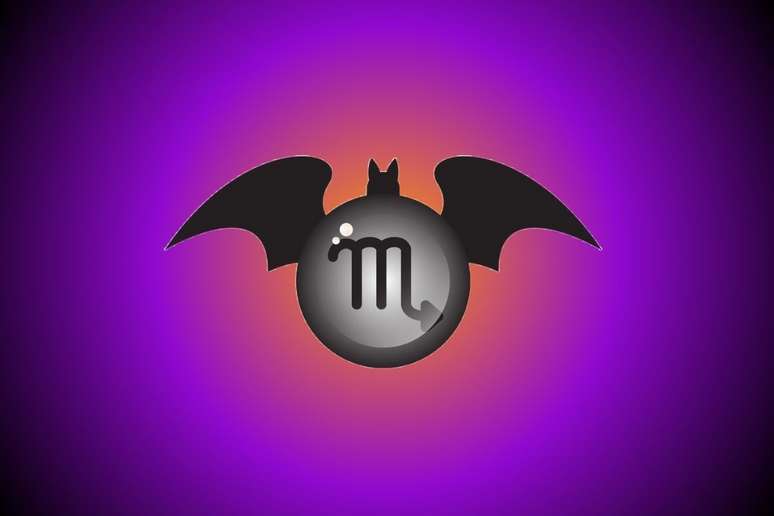-
The shoebill stork, found in East Africa, is known for its fearsome appearance and reputation as a “crocodile eater.” Find out more about this exotic bird!
Photo: wikimedia commons Olaf Oliviero Riemer / Flipar
-
The Shoe-billed Stork’s bill is enormous (the third largest bird in the world) and can measure up to 1.5 meters high!
Photo: pixabay / Flipar
-
Its name, in fact, derives from the shape of its beak, which resembles that of an old shoe.
Photo: Markéta Klimešová from Pixabay / Flipar
-
These birds are common in marshy areas and feed mainly on fish, such as catfish.
Photo: BBC / Flip playback
-
However, they can also hunt larger prey such as eels, snakes and even baby crocodiles, as reported in the Journal of African Ornithology.
Photo: wikimedia commons Bildflut/Flipar
-
Unlike other birds that live in flocks, the shoebill stork maintains a solitary lifestyle.
Photo: Julius H. from Pixabay / Flipar
-
Each clutch can contain up to three eggs, but it is common for only one chick to survive to adulthood, due to intense competition between siblings.
Photo: BBC / Flip playback
-
The first born will often fight the younger ones for food and may even kill them to ensure they are the only ones getting food.
Photo: BBC / Flip playback
-
A BBC documentary even showed how older puppies bite smaller ones, who end up being neglected by their mother.
Photo: BBC / Flip playback
-
In addition to being large and having a peculiar appearance, this bird also makes a sound that some describe as similar to that of a machine gun.
Photo: Playback/Flip
-
The shoebill stork is a predator that, depending on its size, can swallow its prey whole.
Photo: BBC / Flip playback
-
This patient bird stalks its prey in swamps and shallow lakes, remaining motionless for long periods until the moment is right to strike with deadly precision.
Photo: BBC / Flip playback
-
This bird is the only species of the genus Balaeniceps and the family Balaenicipipitidae. According to Live Science, their closest relatives are pelicans.
Photo: Andrei Prodan from Pixabay / Flipar
-
The order Pelecaniformes, to which the shoe-billed stork belongs, emerged at the end of the Cretaceous, between 145 and 66 million years ago.
Photo: wikimedia commons Olaf Oliviero Riemer / Flipar
-
This bird can reach a wingspan of up to 2.3 meters. They can also naturally live up to 30 years.
Photo: Playback/Flip
-
They are currently classified as endangered by the International Union for Conservation of Nature (IUCN).
Photo: BBC / Flip playback
-
It is estimated that there are between 5,000 and 8,000 shoe-billed stork birds left in the wild.
Photo: flickr flowcomm / Flipar
-
Even so, shoe-billed storks are still an important part of the African ecosystem and play a vital role in controlling fish and frog populations.
Photo: BBC / Flip playback
-
Experts stress that it is important to protect these magnificent birds and their habitats to ensure their survival for future generations.
Photo: BBC / Flip playback
Share
Source: Terra
Ben Stock is a lifestyle journalist and author at Gossipify. He writes about topics such as health, wellness, travel, food and home decor. He provides practical advice and inspiration to improve well-being, keeps readers up to date with latest lifestyle news and trends, known for his engaging writing style, in-depth analysis and unique perspectives.







